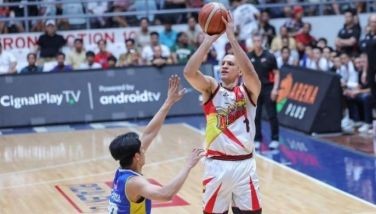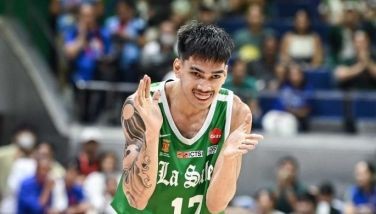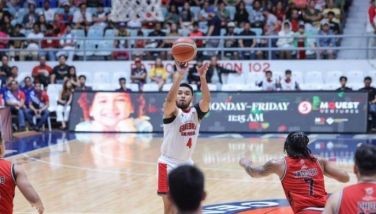Palaro 2011
When the day is done, another edition of the Palarong Pambansa will have ended. We’ll read headlines about another “successful” staging of the annual tournament and how the country’s youngest and brightest hopes have been discovered through their sterling performances. Records were broken. Medals were won. And the event is hailed to the high heavens for being such an “important” piece of the confusing puzzle called sports. So typical of the Palaro, isn’t it?
And so I dare ask: Was the Palaro and all its previous editions a real success? Or should I ask how we ought to define “success” for the Palaro? Will success be gauged by the mere holding of the event and all the logistics that comes along with it? If you ask the DEPED and the Palaro hosts of the present and the past, they’ll always claim that the Palaro was a success, but for reasons such as good or excellent hosting, logistics, venues, hospitality, support from the local government and peace and order. From an organizational viewpoint, a Palaro is always successful. But should success be gauged this way?
Shouldn’t we be looking at the Palaro vis-à-vis what it’s supposed to produce for Philippine sports? Didn’t our sports leaders talk about grassroots development, talent identification and building the base for future world beaters? What and where are the real fruits of the Palarong Pambansa? Where are all those record breakers and record holders who were branded to become the future medalists at the Southeast Asian Games (SEAG), Asian Games and the Olympics? Are they now world-beaters in their respective events? The last I checked, the country’s biggest international sports star named Manny Pacquiao wasn’t a product of the Palaro. Ditto for Nonito Donaire and Donnie Nietes. Or here’s a more realistic question: Do you remember the darling of the Palaro when you were still in school? Please don’t ask my age, but after Lydia de Vega and Elma Muros were discovered at the Palaro, they went on to win gold medals at the SEAG and Asian Games. Eric Buhain and Ral Rosario are two other athletes who stood out at the Palaro and the international scene before. That was a blast from the past. How about today? Where are the Palaro winners of the past ten years?
The sad part is that we don’t seem to have a genuine sports program that will bridge the Palaro to what should rightfully come after. For some, the Palaro is already a last stop or the climax of an athletic career. Ironically, some Palaro winners have nowhere to go after proudly stepping on that podium to receive their medals. For those fond of keeping stats, records and trivia, it would be good to keep a file of all Palarong Pambansa 2011 winners and monitor how they fare post-Palaro period. And you’ll see what I mean.
After the Palaro, what’s next? We need a program that will harness all these talents. This is where the schools and national sports associations (NSA) must continue pushing for more sports activities for the best of the best. Otherwise, the Palaro will just end up to be a waste of money. De Vega and Muros later joined the Gintong Alay program of Michael Keon. The program took care of the athletes, trained them, fed them, housed them and took care of all their training needs. Today, we actually see glimpses of NSA’s doing their best to train their best athletes. Basketball has Energen funding the activities of the Philippine Youth Under-16 team, while Smart Gilas takes care of the men’s team. Boxing has the resources of Smart as a source of support for a program that has goals of striking gold at the next Olympics. Thanks to the Azkals, many corporate backers have now come out to support a national team program for football which covers the men’s, Under 23 and Under 19 teams. They even have the Little Azkals Under 13 national team which is currently training in Cebu.
We now need to see the post-Palaro activities of the likes of Athletics, badminton, swimming (need for unity here), tennis and more.
Make no mistake about it. The Palaro is a great tool to discover the country’s best athletes through its massive grassroots reach of schools nationwide. While there will be many concerns on officiating, billeting, food and corrupt officials, the Palaro per se is ok. But it’s also turning out to be a waste of precious money if nothing is done to harvest its fruits and prepare them for brighter future for Philippine sports.
***
Time-out: The Milo BEST Basketball Clinic will be held May 16-21 at the Sacred Heart School Mango Campus Gym. For more info, pls contact 583-7196, 0908-895-2933, 0923-342-8193 or [email protected].
- Latest
- Trending
























